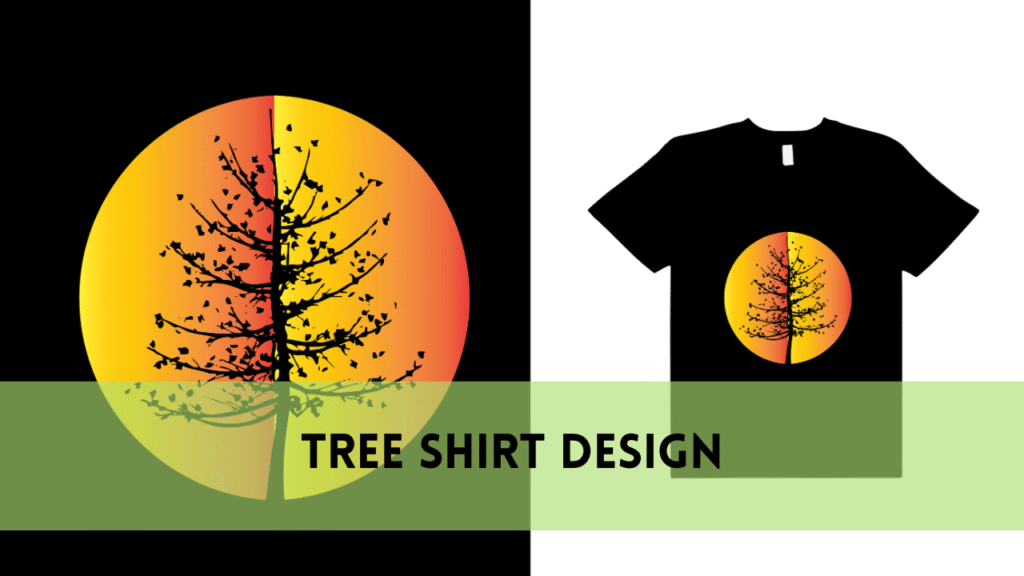How to Remove a Tree Stump
Starting the process of removing a tree stump allows you to change your outdoor space into a spotless retreat. This detailed guide explains how to remove a tree stump the complexities of stump removal, providing a variety of insights and expert guidance from Crosby Arborist. Removing a tree stump is an art form in and of itself, and understanding the process is essential for creating a visually beautiful and safe environment. This article walks you through the necessary stages, tools, and techniques for successfully removing stumps. Crosby Arborist offers a comprehensive approach, from selecting the correct equipment to deciphering the secrets hidden within stump rings. Whether you’re a seasoned landscaper or a DIY enthusiast, our guide will provide you with the knowledge you need to navigate each process of stump removal, ensuring a smooth and satisfying experience. Join us on this transformative trip as we dig into the world of tree stump removal, giving your outdoor space a new life.
Why stump grinding is important?
Stump grinding is critical for various reasons, making it a necessary stage in the tree removal process. First, it removes tripping hazards caused by protruding stumps. A flat surface decreases the chance of accidents, particularly in outdoor areas frequented by children or guests. Second, stump grinding is necessary for aesthetic considerations, which improves the overall appearance of your environment. Unsightly stumps can take away from the charm of your garden or yard, reducing its visual appeal. Furthermore, stump grinding limits the sprouting of new branches, guaranteeing that the removed tree does not resprout and saving you from future removal issues. Furthermore, it improves soil health by making replanting easier, allowing for a smooth transition to new growth. In conclusion, stump grinding is more than simply a utilitarian requirement; it is an investment in the safety, aesthetics, and long-term health of your outdoor environment.
How to remove a tree stump
Unearthing the Essentials: A Tree Stump Removal Guide
Choosing the writing tools
Choosing the right tools is the first step in the stump removal process. Crosby Arborist suggests a chainsaw, mattock, and stump grinder for quick and complete removal. These instruments enable a seamless approach, allowing you to reclaim control of your outside environment.
Quality tools have a considerable impact on the stump removal procedure. To speed up the process, use well-maintained and sharp tools. Crosby Arborist emphasized the need of using safety gear, such as gloves and goggles, during the operation.
Assessing Stump Size and Type
Understanding the size and nature of the stump is critical for successful removal. There are many ways for small, medium, and huge stumps. Crosby Arborist recommends determining if the stump is hardwood or softwood before proceeding. Tailoring your plan to these characteristics will assure a good end.
Unlocking the mysteries contained inside stump rings offers information about the tree’s age and health. Crosby Arborist professionals dive into the art of ring interpretation, providing an intriguing peek into the life of the tree being removed.
Steps on how to remove tree stump
Starting the stump removal process is a deliberate journey that requires precision and meticulous execution. Here’s a step-by-step tutorial for successfully removing stumps.
Clearing the Area: Begin by clearing the area surrounding the stump. Remove any rocks, debris, or other obstructions that may be impeding the removal process. This results in a safe and efficient workplace.
Using a chainsaw, make a clean horizontal cut as near to the ground as feasible. This initial incision prepares the way for the succeeding removal stages.
Exposing the Roots: Using a mattock, expose the roots surrounding the stump. Patience is essential at this phase, since it ensures extensive root exposure and simpler removal.
Clearing Residual Debris: Remove any remaining wood chips or debris from the area. A tidy workspace improves safety and lays the groundwork for future landscaping efforts.
Filling the Hole (Optional): If desired, fill the resulting hole with soil or an appropriate filler to improve soil health and level the surface.
By carefully following these procedures, you will successfully traverse the stump removal process, changing your outside space into a blank canvas for fresh possibilities.
FAQS
Can I remove a tree stump without professional assistance?
Absolutely! The Crosby Arborist’s Guide encourages individuals to remove stumps on their own. Follow these expert recommendations for a good DIY experience.
Is chemical stump removal safe for the environment?
Crosby Arborist advises using caution when removing chemicals. While effective, it is critical to select ecologically friendly alternatives to reduce environmental impact.
How long does stump grinding take?
The period varies according to stump size. Crosby Arborist provides estimates and advice for improving the grinding process to ensure timely completion.
Can I replant in the area once the stump is removed?
Certainly! Crosby Arborist explains the best procedures for replanting after stump removal, providing a smooth transition to new vegetation.
What obstacles may arise during stump removal?
Crosby Arborist anticipates frequent problems and provides troubleshooting advice, allowing you to pass potential roadblocks with confidence.
Conclusion
Finally, mastering the art of tree stump removal is more than simply a practical talent; it is a journey that will transform your outdoor space. Crosby Arborist’s thorough guide provides you with the knowledge and experience required to tackle stump removal with confidence. By selecting the appropriate instruments, understanding stump size and type, and following our step-by-step procedure, you may improve the aesthetics and safety of your landscape.




